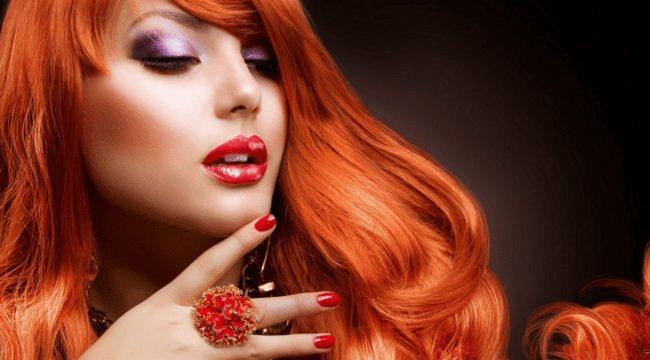History in hairstyles

Men and women have always paid great attention to hairstyles. Beauty is a quality that has been valued at all times. Anything that was considered fashionable was also regarded as beautiful. And the hair has always depended on fashion. As the ideas of beauty were always changing, the hairstyle in different centuries looked differently.
Assyrians, Persians, and Egyptians favored bouffant hairstyles. In ancient times, the Assyrians, the Persians, and the Egyptians preferred hair to achieve the desired opulence. Already at that time, perming and hair coloring was in full swing.
In ancient times with these peoples, uncurled hair symbolized grief and mourning.
The ancient Germans and Celts were also in honor of long but loose hair. Such a hairstyle of men was considered a symbol of freedom and power.
Ancient Greece
The inhabitants of Greece during the Homeric era (12 - 8 centuries BC), both men and women, used perm and hair coloring to create their fashionable hairstyles.
Ancient Greek fashionistas did not value their natural hair color and wanted to be like their golden-blond beauty goddess Aphrodite. They extensively used different alkaline compositions to lighten their hair.
On special occasions, wealthy Greek fashionistas even powdered their hair with gold.
The hetaera set the fashion for women's hairstyles in ancient Greece.
At that time, a hairstyle was called "hetaera hairstyle": hair was arranged at the back of the head and, either covered with a piece of cloth or collected in a special pouch.
The ancient Greek hetaera
Greek women, combing their hair, raised their curled hair and, supporting it with ribbons, gathered it in a bun.
It had many variations, but it was always based on a voluminous bundle of curly hair at the nape of the neck.
Ancient Greek men's hairstyles resembled women's hairstyles in their softness of form. During the 7th to 6th century BC, men could wear long, curled hair that was either braided and styled around the head or gathered in low bunches.
Men's hair in ancient Greece
The Apollo of Belvedere statue shows us a feminine hairstyle called "Apollo's bow" or "cicada." Long, curled strands of hair are arranged over his forehead in a bow. At that time (c. 330 - 320 BC), men and women could wear this universal hairstyle.
In the 3rd - 2nd centuries BC the hairstyle named after the commander Alexander of Macedon became very popular. Hair for it had to be curled and trimmed short "ladder."
In today's world, there are no strict canons for what should be a hairstyle, and everyone can choose what he likes, what suits his particular type of face. You can read what to choose a hairstyle and how to properly arrange on the website: http://www.hairstylery.com/medium-layered-hair/.
- Art
- Causes
- Crafts
- Dance
- Drinks
- Film
- Fitness
- Food
- Oyunlar
- Gardening
- Health
- Home
- Literature
- Music
- Networking
- Other
- Party
- Religion
- Shopping
- Sports
- Theater
- Wellness
- IT, Cloud, Software and Technology


